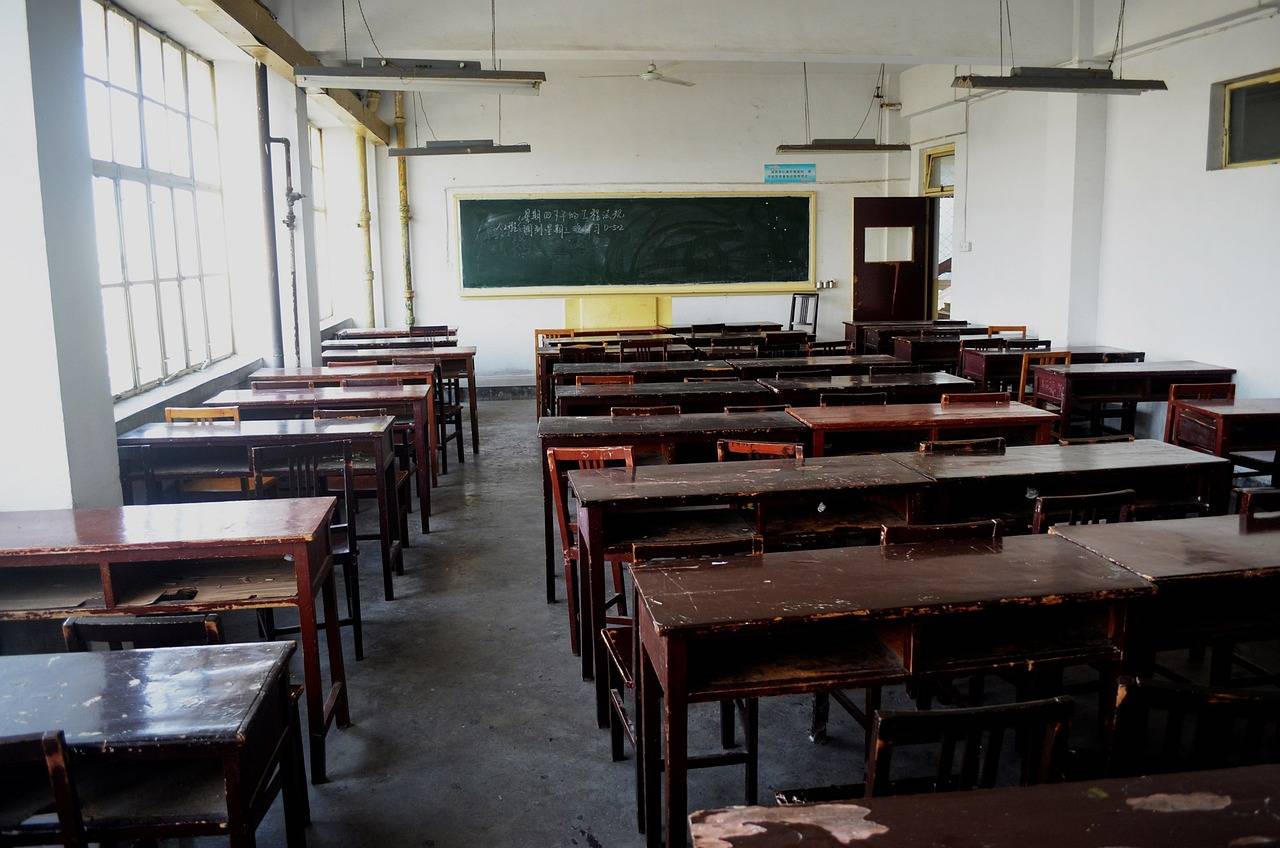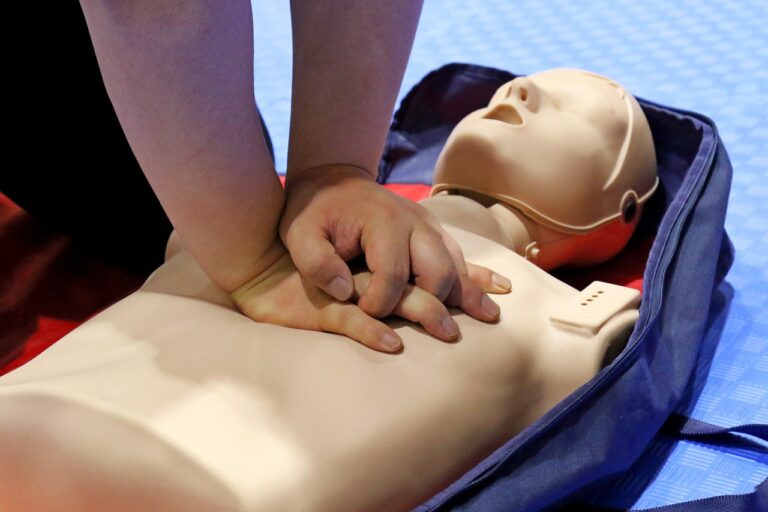Analyzing the Effects of Trauma-Informed Teaching Practices
Understanding trauma is crucial for educators and caretakers alike. Without a comprehensive knowledge of the ways in which trauma affects individuals, it can be challenging to provide the necessary support and resources for those in need. By educating ourselves on the impacts of trauma, we can create a more compassionate and inclusive environment for all students.
Trauma-informed practices can help create a safe and understanding space for individuals who have experienced trauma. By recognizing the signs and symptoms of trauma, we can better address the needs of students and provide the appropriate interventions. By fostering a trauma-informed approach in our educational institutions, we can ensure that all students feel supported and valued.
Recognizing Signs of Trauma in Students
Recognizing signs of trauma in students can be crucial in providing them with the support they need to navigate challenges effectively. One common indicator is changes in behavior such as sudden outbursts, withdrawal, or aggression. These shifts can be a result of the internal turmoil that trauma can bring about and may manifest in various ways in the classroom.
Another key sign to watch for is changes in academic performance. A student who was previously excelling academically may start to struggle or show a lack of interest in their studies. Conversely, a student who typically struggled may exhibit a sudden improvement in their grades due to heightened anxiety or a desire to control their environment amidst the chaos of trauma. By being observant and understanding these signs, educators can play a pivotal role in supporting students through their healing journey.
Why is it important for educators to understand trauma?
It is important for educators to understand trauma because it can greatly impact a student’s ability to learn and succeed in school. Recognizing signs of trauma can help educators provide the necessary support and resources for the student to thrive.
What are some common signs of trauma in students?
Common signs of trauma in students may include withdrawal, changes in behavior, difficulty concentrating, mood swings, and physical symptoms such as headaches or stomachaches. It is important for educators to be aware of these signs and offer support to students who may be experiencing trauma.
How can educators support students who have experienced trauma?
Educators can support students who have experienced trauma by creating a safe and supportive environment, offering opportunities for the student to talk about their experiences, providing access to counseling or mental health services, and adapting teaching strategies to meet the student’s needs.
What should educators do if they suspect a student is experiencing trauma?
If educators suspect a student is experiencing trauma, it is important to approach the student with sensitivity and compassion. Educators should communicate with the student to offer support and resources, and consider involving school counselors or mental health professionals to provide additional help.





